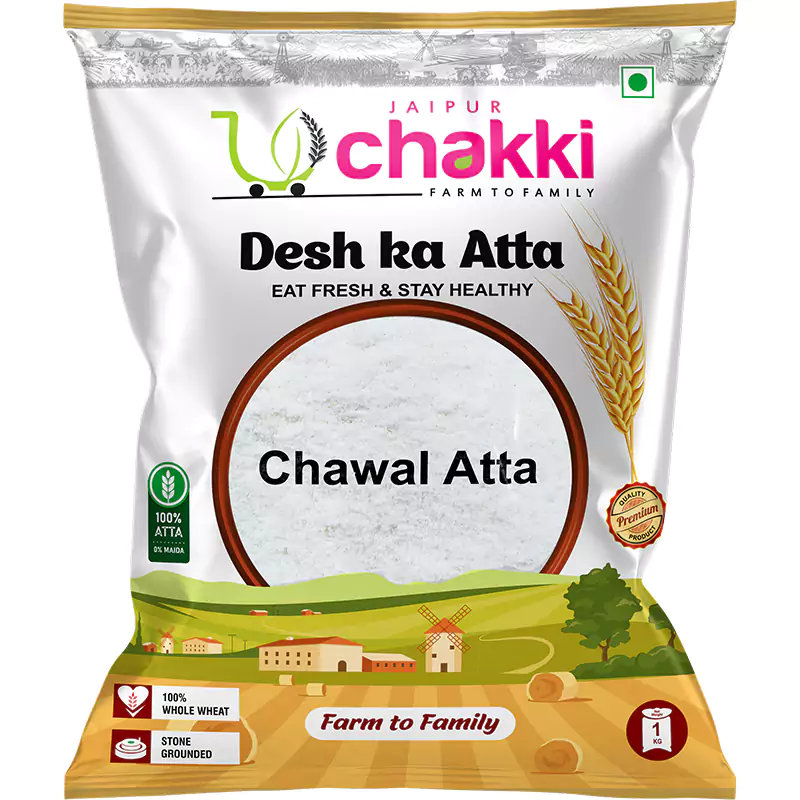
Rice Flour Unveiled: Exploring the Culinary Wonders of Chawal Atta
Rice Flour Unveiled: Exploring the Culinary Wonders of Chawal Atta
Rice flour, commonly known as “chawal atta” in some regions, is a fine, powdery substance made by finely grinding rice grains. It is a versatile ingredient with a wide range of culinary applications. Here is a detailed description of rice flour:
Appearance and Texture:
Rice flour has a soft, fine texture, similar to wheat flour but without the gluten.
It is typically a pure white color, although brown rice flour, made from whole grain rice, may have a slightly off-white or beige hue.
Flavor:
Rice flour has a mild, neutral flavor. It does not impart a strong taste to dishes, making it adaptable for both sweet and savory recipes.
Culinary Uses:
Baking: Rice flour is a common gluten-free alternative to wheat flour in baking. It is used to make a wide variety of dishes such as cakes, cookies, pancakes, and bread.
Thickening Agent: It is often used as a thickener in soups, stews, and sauces.
Coating for Frying: Rice flour can be used to create a crispy coating for fried foods, providing a delicate, crunchy texture.
Noodles and Pasta: In some Asian cuisines, rice flour is used to make rice noodles and rice-based pasta dishes.
Desserts: Rice flour is used in the preparation of various traditional desserts like rice cakes, dumplings, and puddings.
Nutritional Profile:
Rice flour is primarily composed of carbohydrates, providing a good source of energy. It is naturally gluten-free, making it suitable for individuals with gluten sensitivities or celiac disease.
It contains small amounts of protein and is low in fat.
Rice flour is a source of essential minerals like magnesium, phosphorus, and potassium. It also contains trace amounts of B-vitamins like thiamine, riboflavin, niacin, and folate.
Gluten-Free Option:
Due to its lack of gluten, rice flour is an excellent choice for those following a gluten-free diet. It is widely used in gluten-free baking to create light and airy textures in baked goods.
Cultural Significance:
Rice flour is a staple ingredient in many Asian cuisines, where rice is a dietary cornerstone. It plays a central role in various traditional dishes and cultural celebrations.
Storage:
Rice flour should be stored in an airtight container in a cool, dry place to prevent moisture absorption and maintain its quality. It has a long shelf life when stored properly.
Overall, rice flour is a versatile and valuable ingredient in the culinary world, prized for its gluten-free properties and adaptability in a wide range of dishes across various cuisines.


